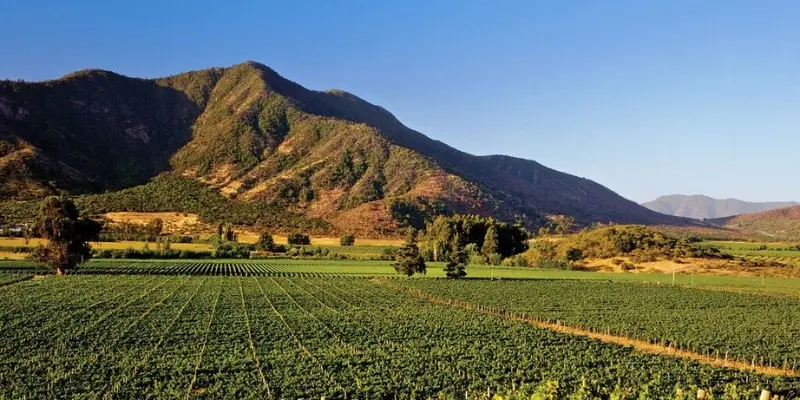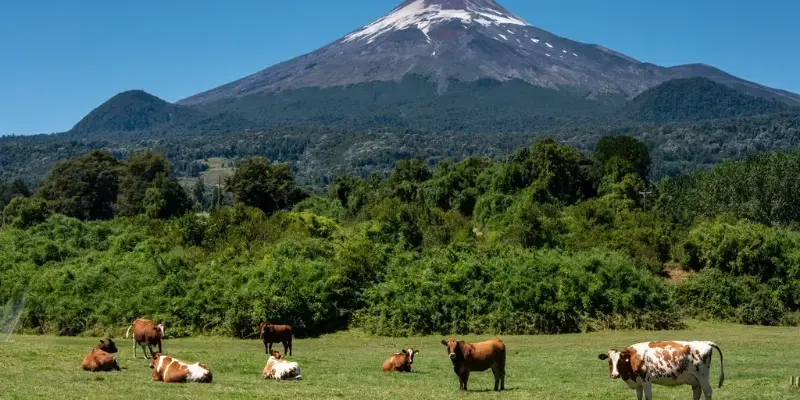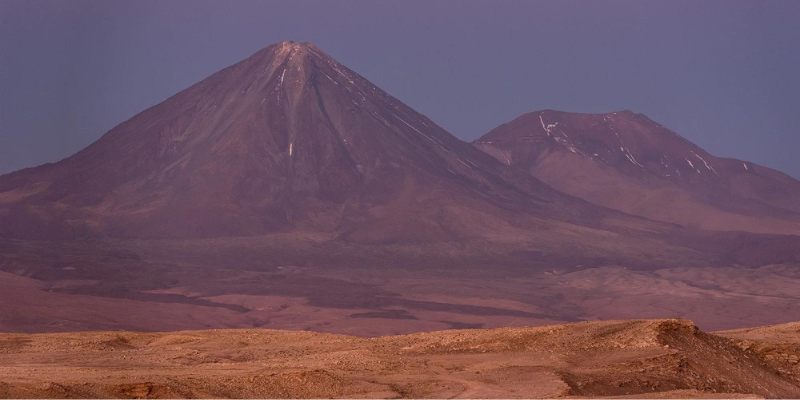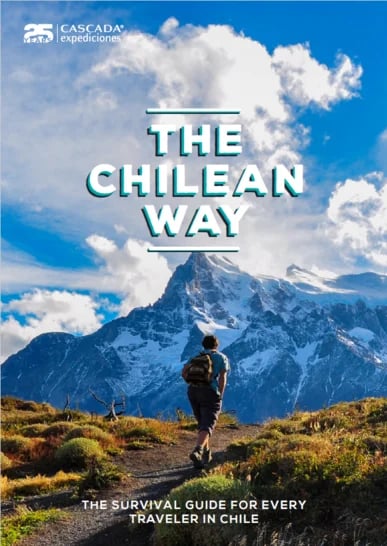Wait...Why was Earth Day created in the first place? This major environmental movement was born on April, 22nd 1970 in United States to "give a voice to an emerging public consciousness about the state of our planet". You get it, it's not just a matter of celebrating the fragile beauty of planet Earth, but to actually underline to biggest issues in today's world. Some of those issues are known by (almost) everyone : climate change, the global loss of biodiversity and air pollution. However, there are plenty of issue provoked by human activity that may be easily tackled just by raising awareness.
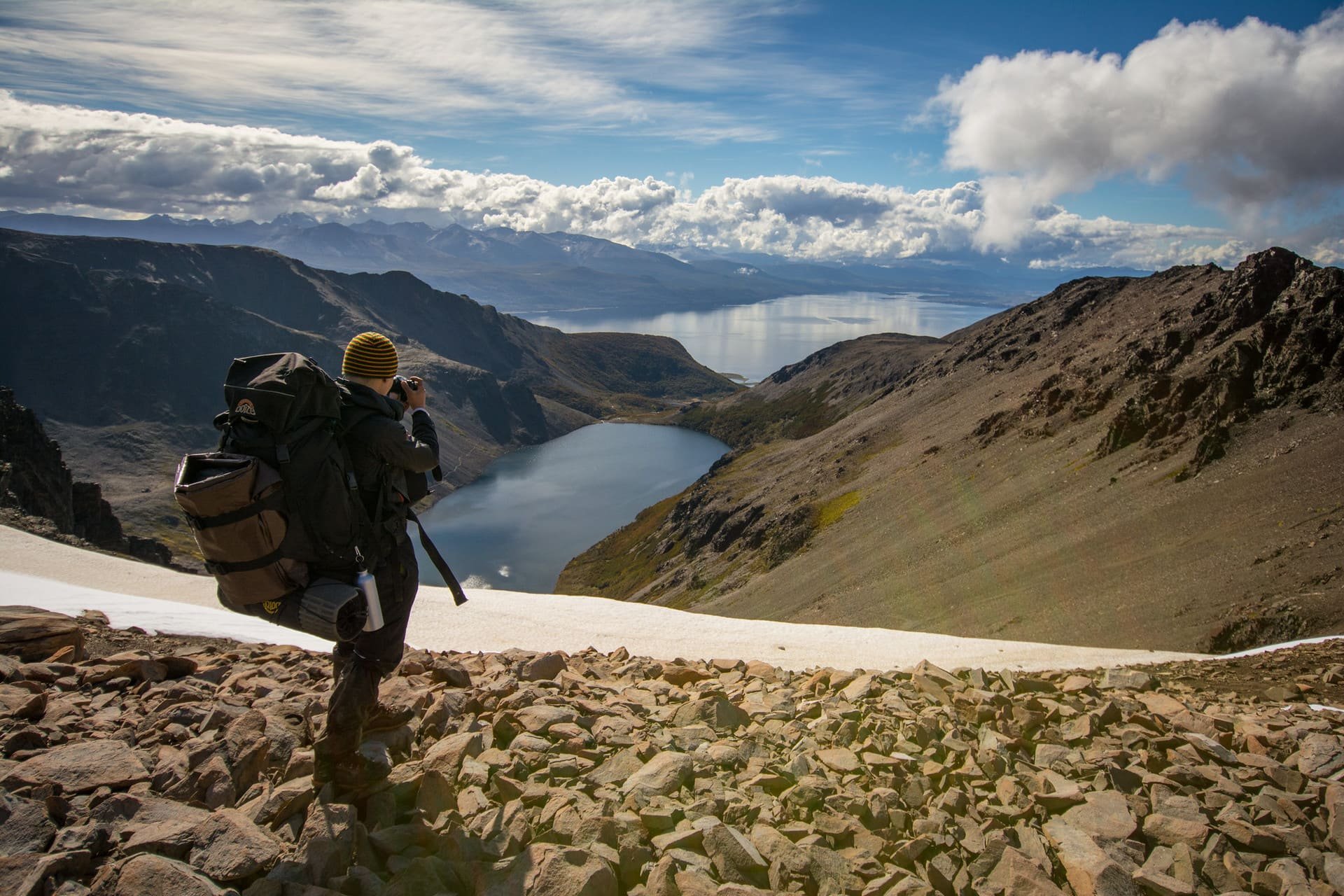
Earth Day is a fantastic opportunity to raise awareness about the many environmental issues our planet is experiencing today (and to provide solutions!). But we believe it's also a great day to celebrate the extraordinary places that can be found throughout the only planet humans inhabit. And we at Cascada are proud to live in one of the most beautiful countries on Earth : Chile!
In times of COVID-19, most of us daydream about the upcoming trip.
May this chilean (bucket) list from north to south help you dream about your next adventure in South America and remind you of how beautiful "Pachamama" (Planet Earth) truly is!
1. Lauca National Park
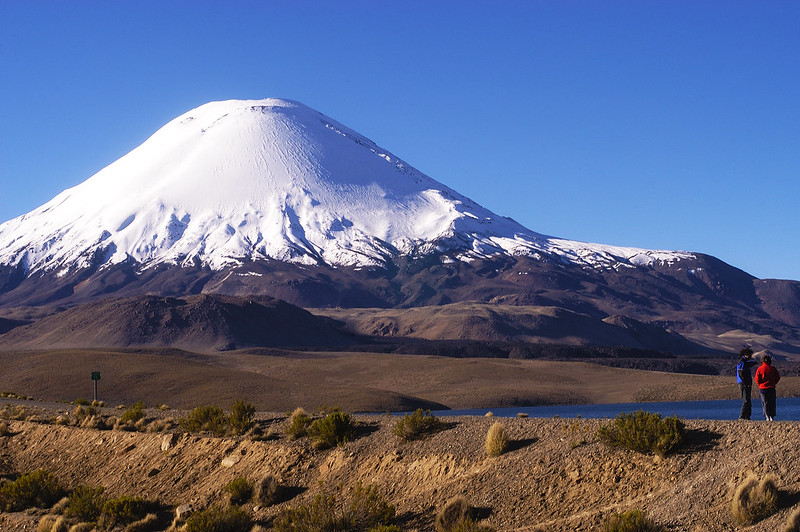
Welcome to Chile's "Far North". This spectacular national park borders Bolivia and isn't far from Peru (this is how north it goes!). It is located in the very heart of the Andes mountains and it's simply heaven for volcano hunters. This area of 1,379 km2 near Putre encompasses altiplano and mountains, including some tremendous volcanoes. Here, you'll see the Payachata ("Two Mountains" in the indigenous Aymara and Pukina languages), with the great Parinacota volcano towering at 6,348m.a.s.l (20,827ft). You'll also see some fascinating archeological sites, volcanic calderas, lava fields and the blue lakes of the Chungará lake where vicuñas, llamas, alpacas and guanacos (the local camelids) love to graze.
2. The Tatio Geysers
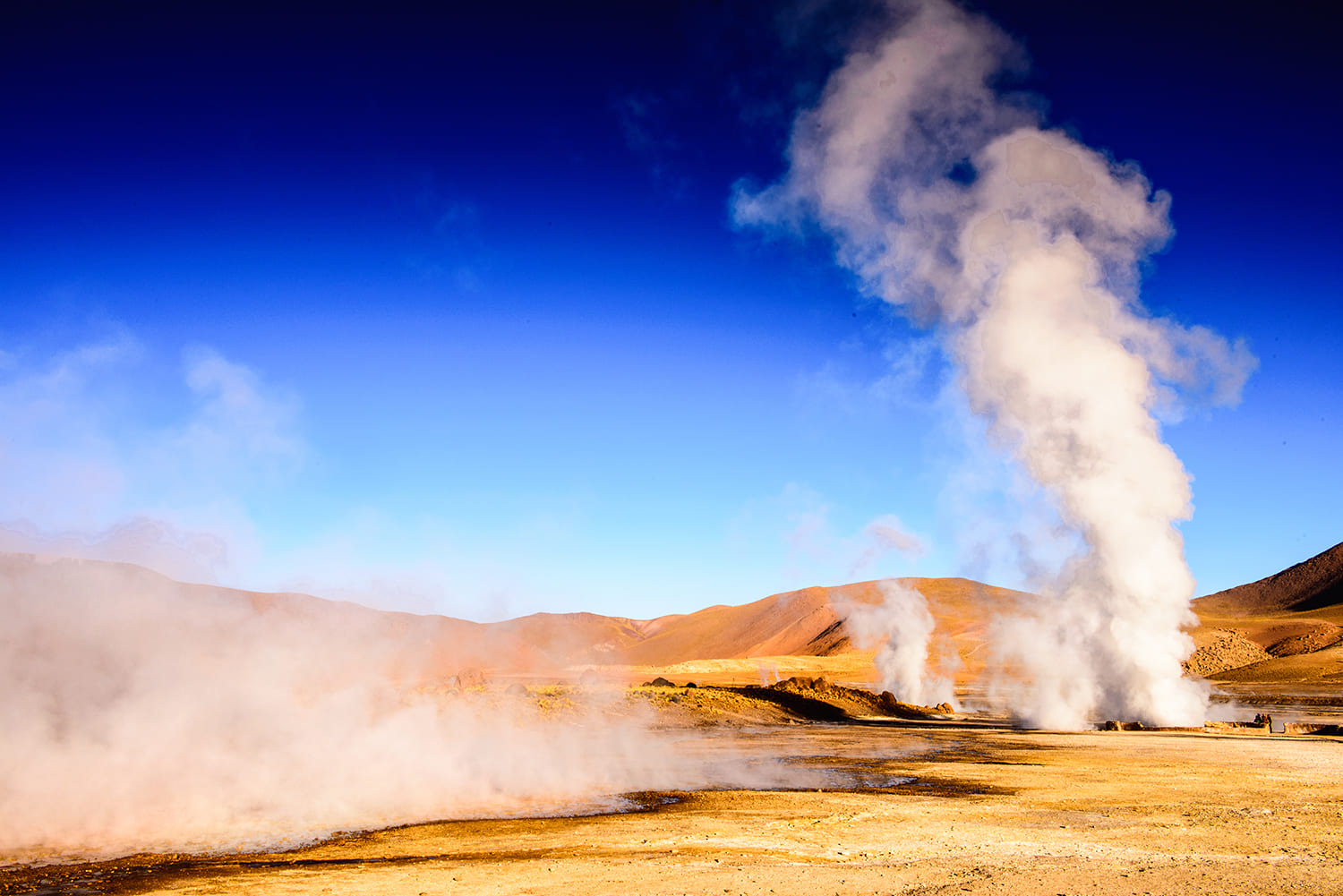
El Tatio geyser will certainly be the highest geyser field you'll see in your life. This famous geyser field is located in the Andes mountains at 4,320m.a.s.l. and is the third largest field in the world (the largest in the southern hemisphere). Its location in the very heart of the Atacama desert - the driest on Earth - makes it a highlight if you travel to San Pedro de Atacama, either on a relaxing trip or on a desert trek (there are some epic hikes nearby). It lies at the western foot of a series of stratovolcanoes that run along the border between Chile and Bolivia, and you can find some hot springs nearby.
3. The Moon Valley
.jpg?width=1700&name=Valle%20de%20la%20Luna%20(5).jpg)
The Moon Valley may be the most otherworldy place in the Atacama desert. No doubt about it : it would have been the perfect spot for a Pink Floyd video clip! The "Valle de la Luna" is located only 13km (8mi) from San Pedro de Atacama, which makes it a very accesible place on a day trip (you can even reach it by bike). The incredible stone and sand formations were carved by wind and water. There is a spectacular range of colors and textures, which gets even better sunset. The great Licancabur volcano (5,920 m.a.s.l.) is the best background you could dream of!
4. The Elqui Valley
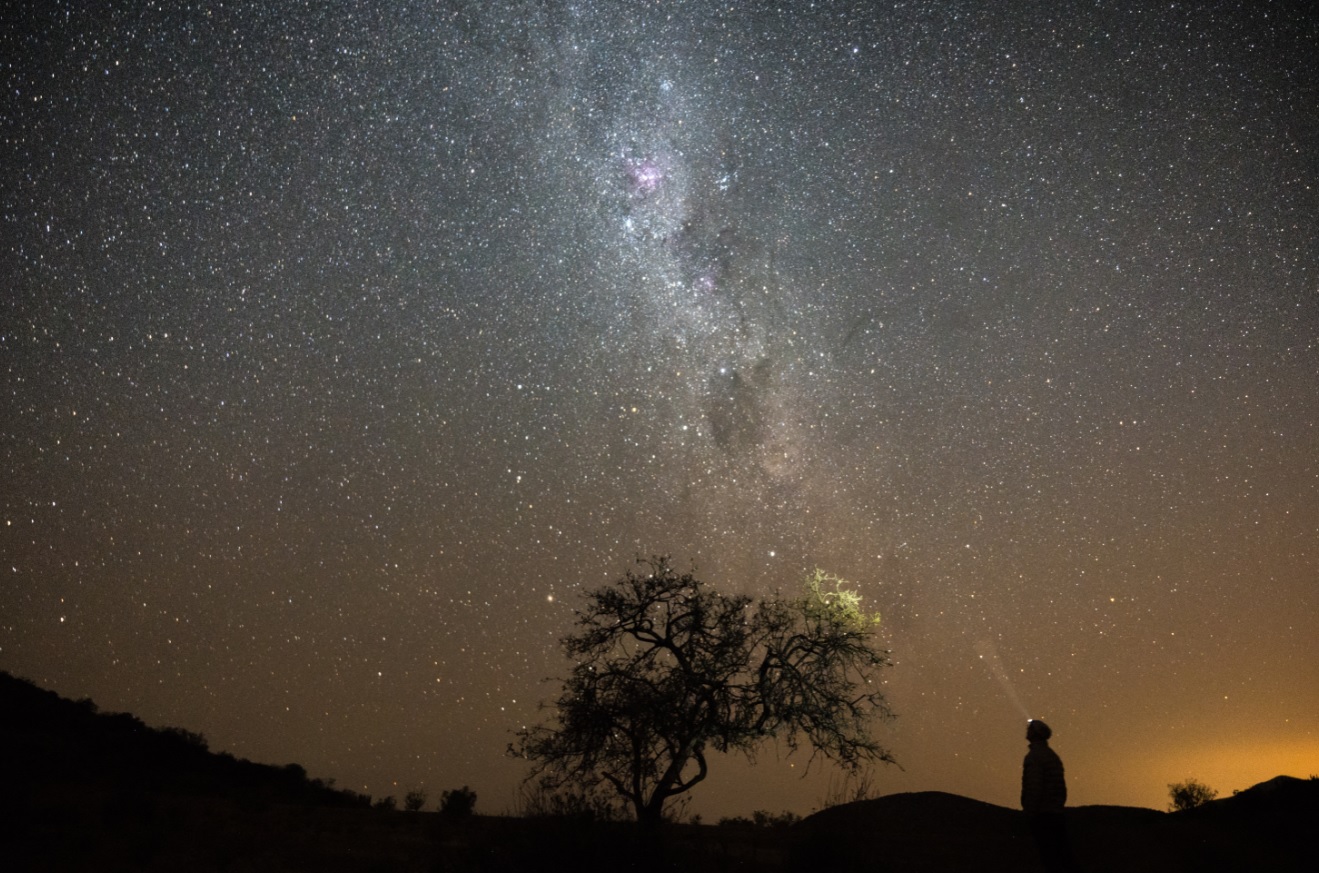
The Elqui Valley isn't only one of the most beautiful valleys in Chile, it is also a place with a powerful energy that is famous for yoga and meditation. The valley lies near the Andes mountains in the Coquimbo region (a 2-hour drive from La Serena). If you do a road trip in the valley, you'll drive along distilleries and rolling vineyards that produce both wine and pisco, a delicious yellow-hued brandy. It is also the world's first dark sky sanctuary, which means it is officialy one of the best places on Earth for stargazing.
5. Rano Rakaru
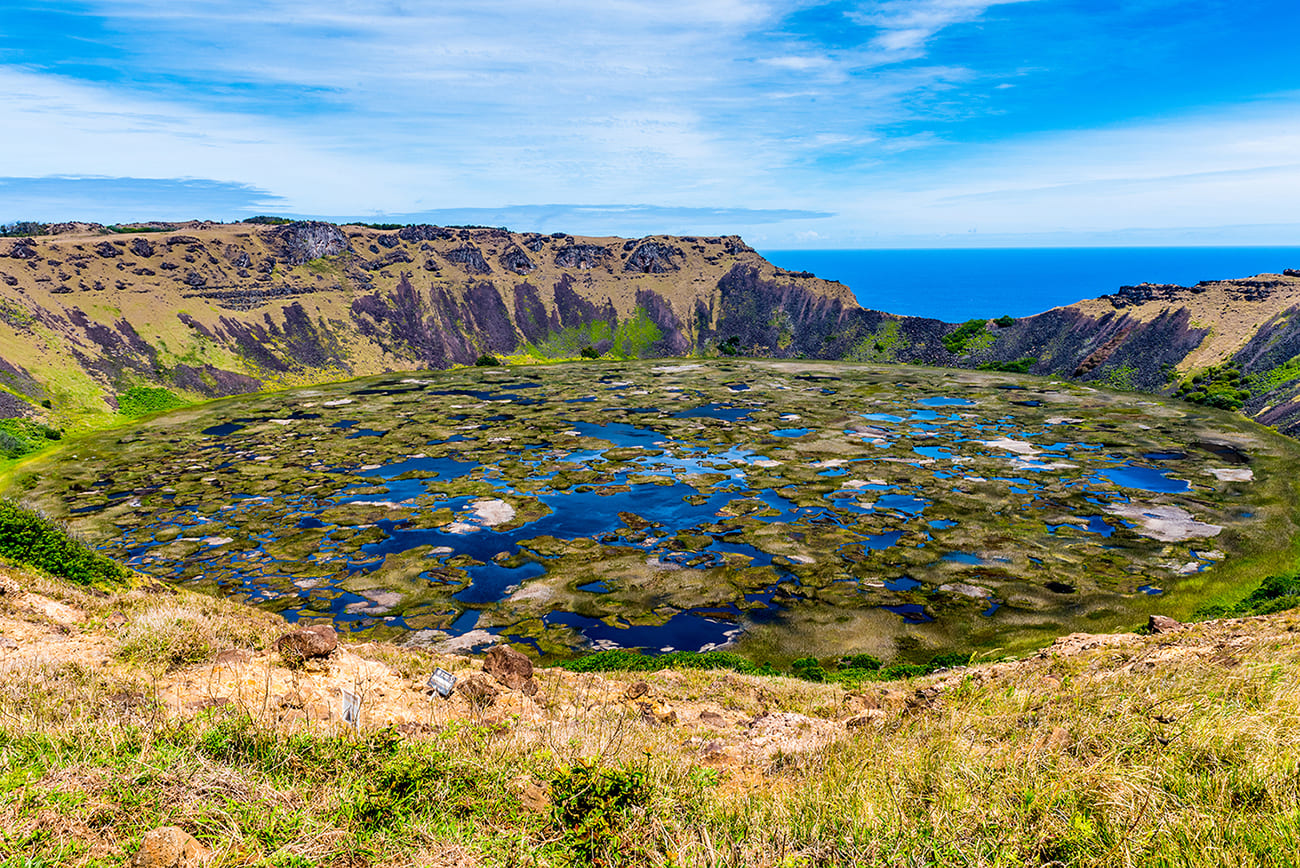
While Easter Island (locally called Rapa Nui) lies 3,512 km (2,182mi) away from continental Chile, the country annexed the island in 1888 and the island is considered one of the highlights you must visit on a trip to the thin country. If you head to "the world's most remote island", you must visit Rano Rakaru, a spectacular volcanic crater formed of volcanic ash. The crater is not only impressive: it is full of history. It provided about 95% of the island's famous monolithic sculptures, called Moai. Rano Rakaru National Park is located in the World Heritage Site of Rapa Nui National Park, where you'll find 887 statues.
6. Conguillío National Park
.jpg?width=1920&name=franz-nawrath-u6FWqkcbPxU-unsplash%20(2).jpg)
The name of this incredible national park comes from a mapuche (local indigenous people) word that means "water with the Araucaría seeds". Here, you'll find the old evergreen Araucaria trees with the Llaima volcano as a backdrop, which form one of the most picture-perfect landscapes you'll find in Chile. The park is located in the Araucaría region and it was used as a filming location for the BBC series "Walking with Dinosaurs".
7. Vicente Pérez Rosales National Park
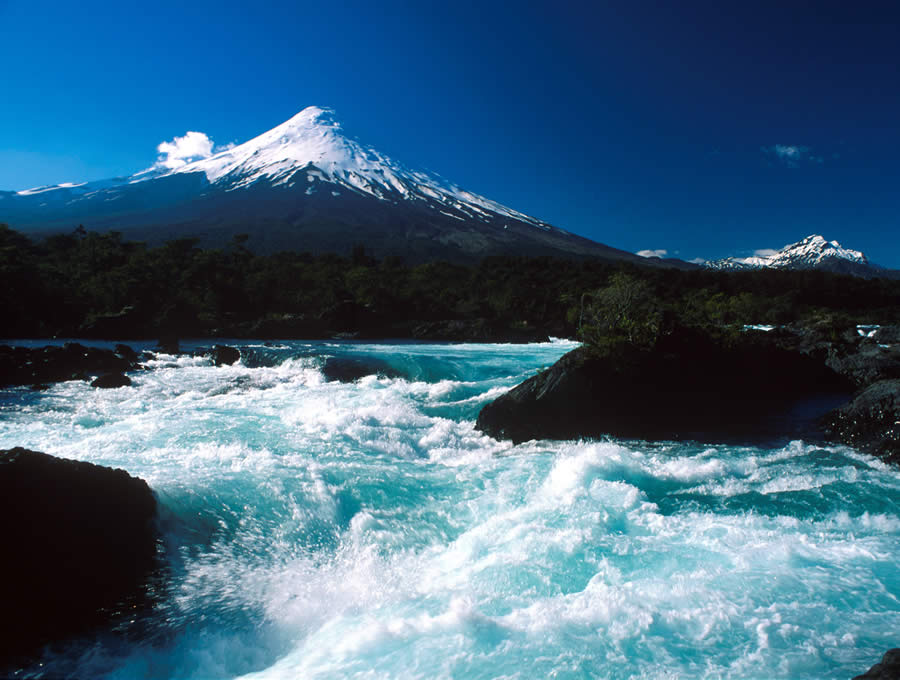
This photogenic national park covers around 2,530km2 (977 sq mi) and is located almost entirely in the Andes mountain range. It is famous for the Todos los Santos lake that lies at the feet of the snowcapped Osorno volcano, an active volcano that can be seen from the nearby Puerto Varas (usually the starting point of any adventure to this national park in Chile's Lake District). You can hike through the park and even do some epic rafting in the Petrohue rapids, where you'll find the famous Petrohue waterfall.
8. Queulat National Park
/Parque%20Nacional%20Queulat%20-%20Carretera%20Austral%20(2).jpg?width=1920&name=Parque%20Nacional%20Queulat%20-%20Carretera%20Austral%20(2).jpg)
The remote Queulat National Park is located in the heart of Chile's Aysén Region, in northern Patagonia. Here you'll find some beautiful virgin evergreen forests, a perfect spot for birdwatching. But the all-time star here is the Queulat hanging glacier that gives birth to a phenomenal waterfall, a vertical drop in a steep valley. The glacier finds its origin in the Queulat ice cap, which encompassed about 80km2 (31 sq. mi.) of ice. A must-do if you drive through the Carretera Austral, the most beautiful road in Patagonia.
9. Cerro Castillo National Park
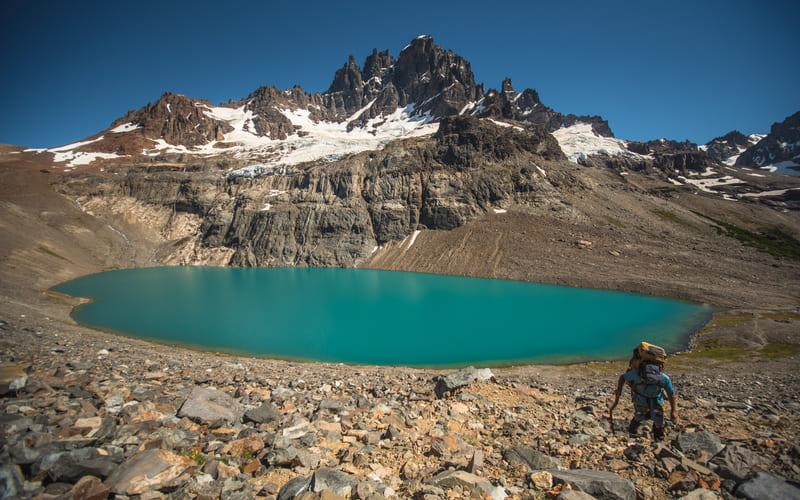
The Cerro Castillo National Park is one of the many beautiful national parks you'll find along the Carretera Austral. But what makes it unique is the trails you'll find along the mountains. The area is home to one of Patagonia's most stunning trekking routes, the Cerro Castillo Trek. This 5-day adventure is an epic way to step away from the modern world while hiking through lush green valleys, along hanging glaciers and at the feet of some of South America's most beautiful mountains, including Mt. Cerro Castillo (2675m.a.s.l. ( 8776ft). 179.550 hectares of wild beauty.
10. The Marble Caves
/Marble%20Caves%20-%20Carretera%20Austral%20(7).jpg?width=1920&name=Marble%20Caves%20-%20Carretera%20Austral%20(7).jpg)
The marble caves is one of Chile's most beautiful national monuments, in the very heart of the General Carrera Lake, the biggest lake in Chile. Around 15 thousand years of erosion shaped the marble caves, a treasure of nature that can be explored by sailing or kayaking from Puerto Río Tranquilo. This remote spot in a highlight of the Carretera Austral and is located about 223km/138mi from the capital of the region Coyhaique.
11. Torres del Paine National Park
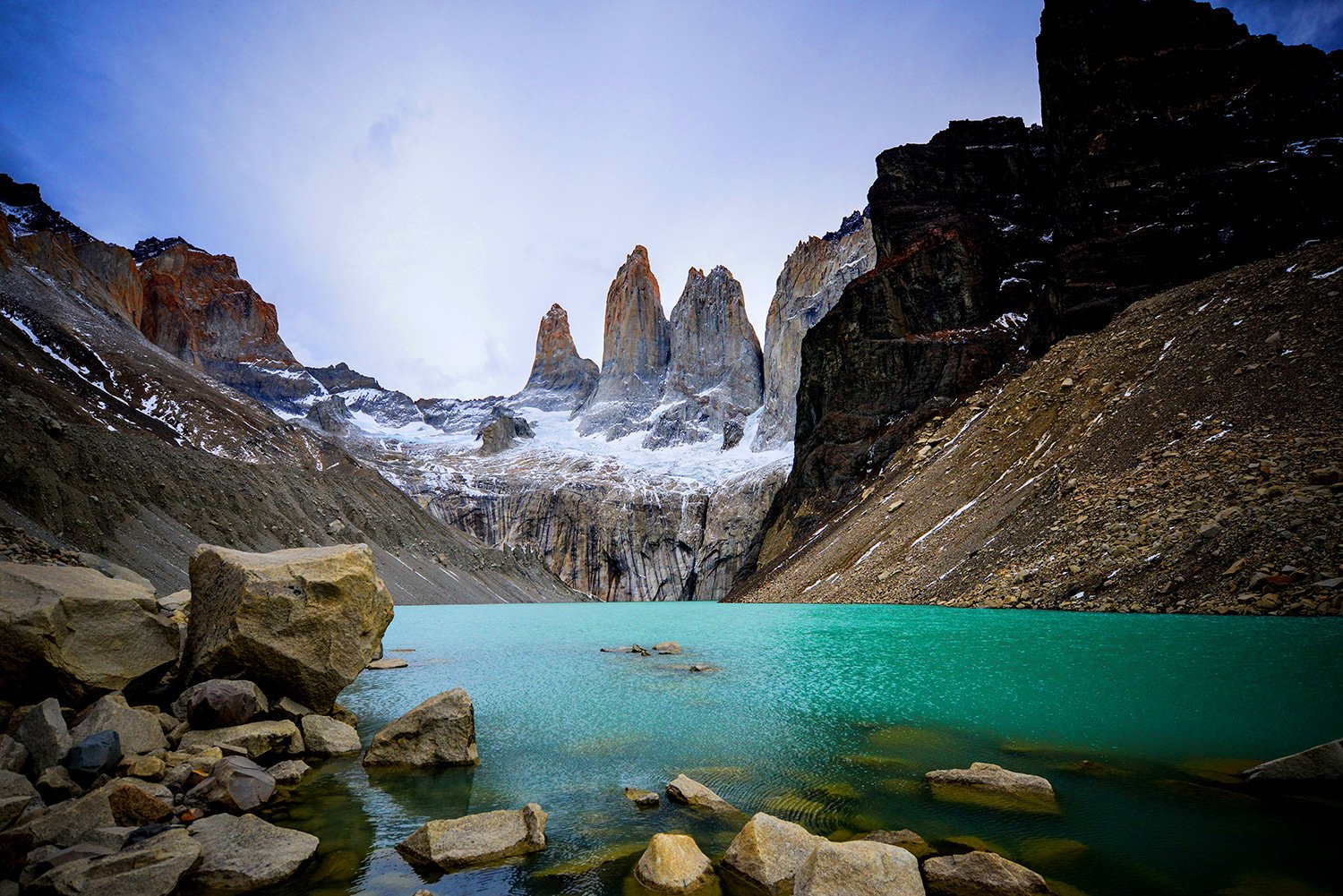
Torres del Paine National Park is considered by many as Patagonia's finest national park. The "eighth wonder in the world" is located in Chile's Magallanes Region - the southernmost in the country - and encompasses 227,298 hectares of wild beauty, including part of the southern Patagonian ice fields (Grey glacier is the most famous glacier here), vast plains full of wildlife (ideal for a puma tracking experience) of hiking trails along the most beautiful mountains on Earth. Here, you'd better come with plenty of time to explore the area, wether you opt for one of the incredible multiday hikes (5-Day W Trek, 7-Day W Trek or Torres del Paine Circuit), a multisport adventure or a wildlife safari at the award-winning EcoCamp Patagonia, the first geodesic dome hotel in the world that lies near the granite towers that gave their name to the park.
12. Navarino Island
.jpg?width=1920&name=Dientes%20Trek%20-%20Navarino%20Island%20(17).jpg)
If you're looking for something wild and remote, you should consider adding Navarino Island to your bucket list. This island is located near Cape Horn and is home to one of Patagonia's best trekking circuits, the Dientes de Navarino. This is basically the southernmost trek on Earth, which starts from Puerto Williams...the southernmost city in the world! The famous jagged pinnacles in the middle of the island are surrounded by some wild nothofagus forests, a wonderful spot for hiking near the ocean. The weather is wild, so is the adventure!
Inspired but still unsure about your next destination? Check out all our destinations and book your next trip!

